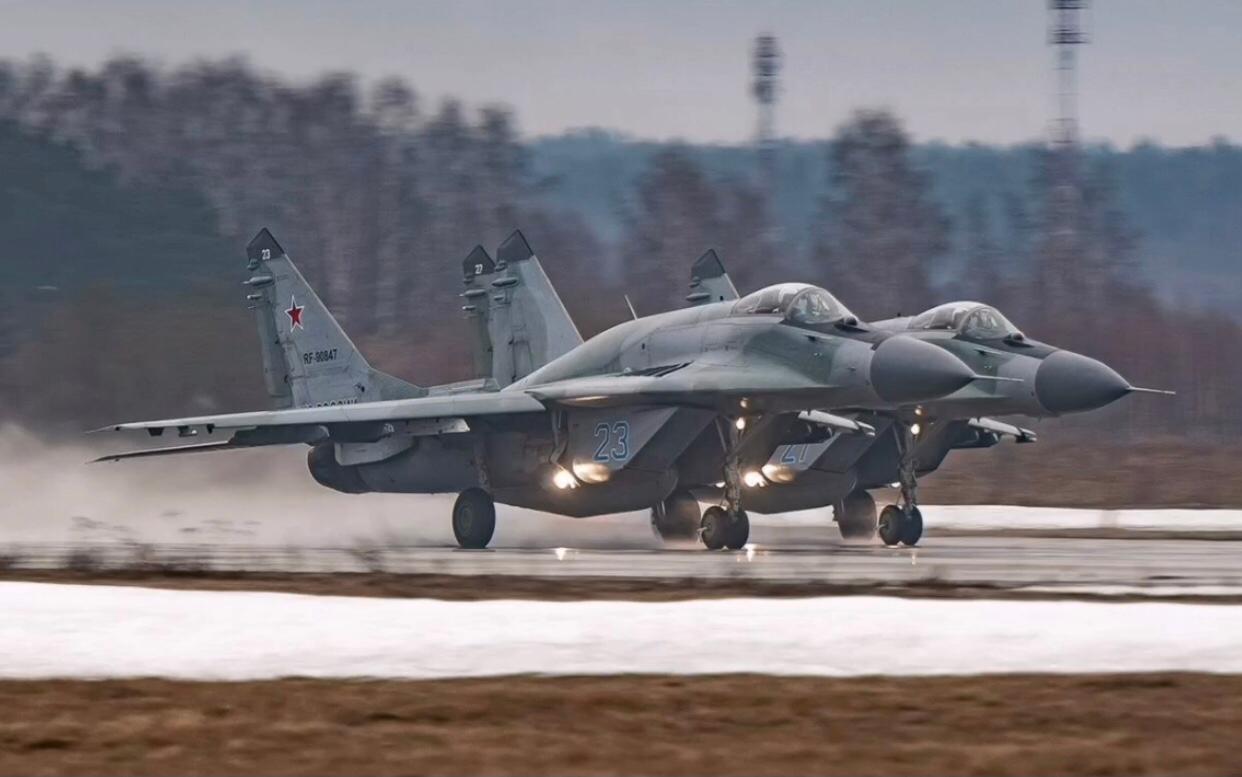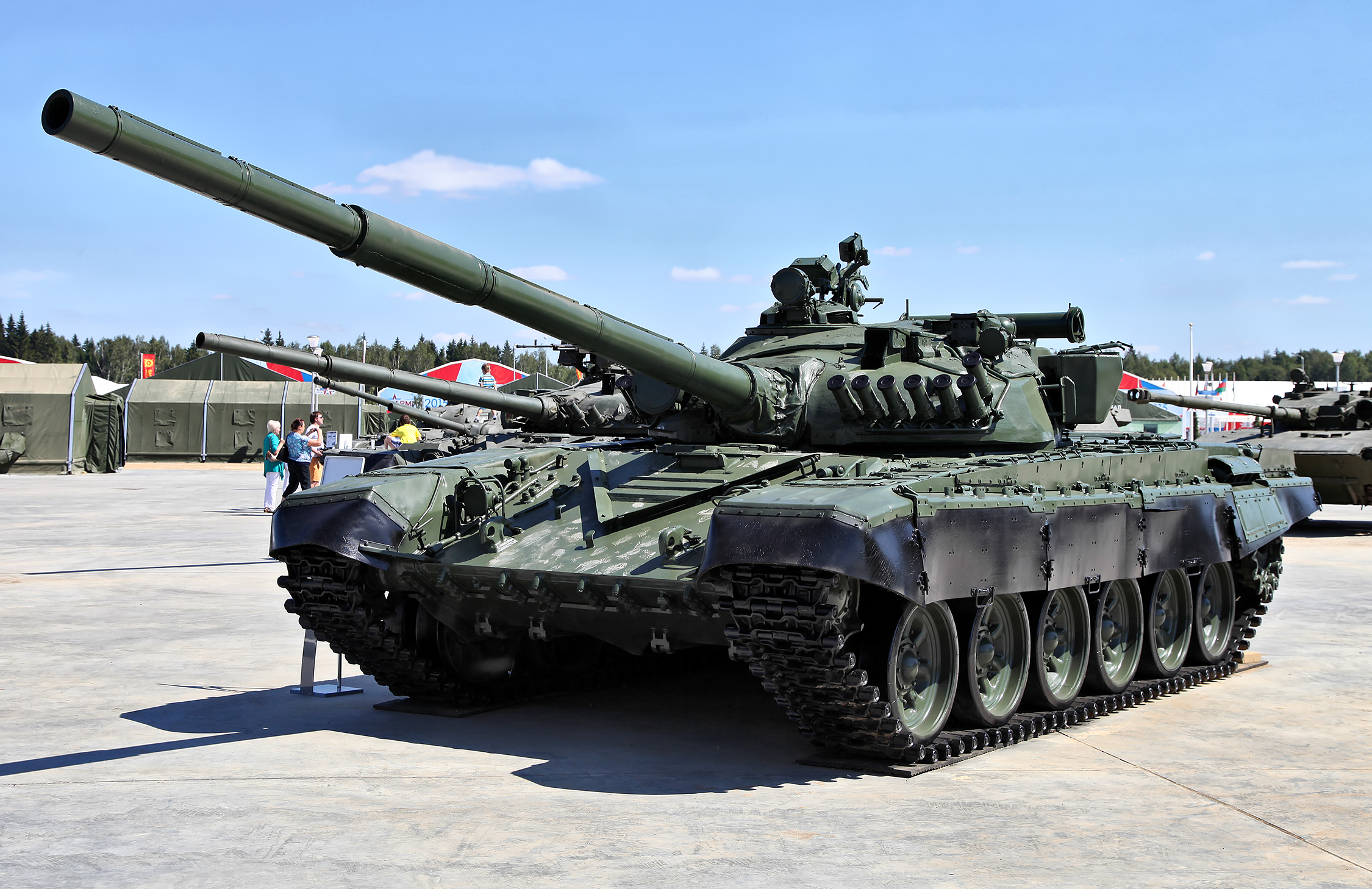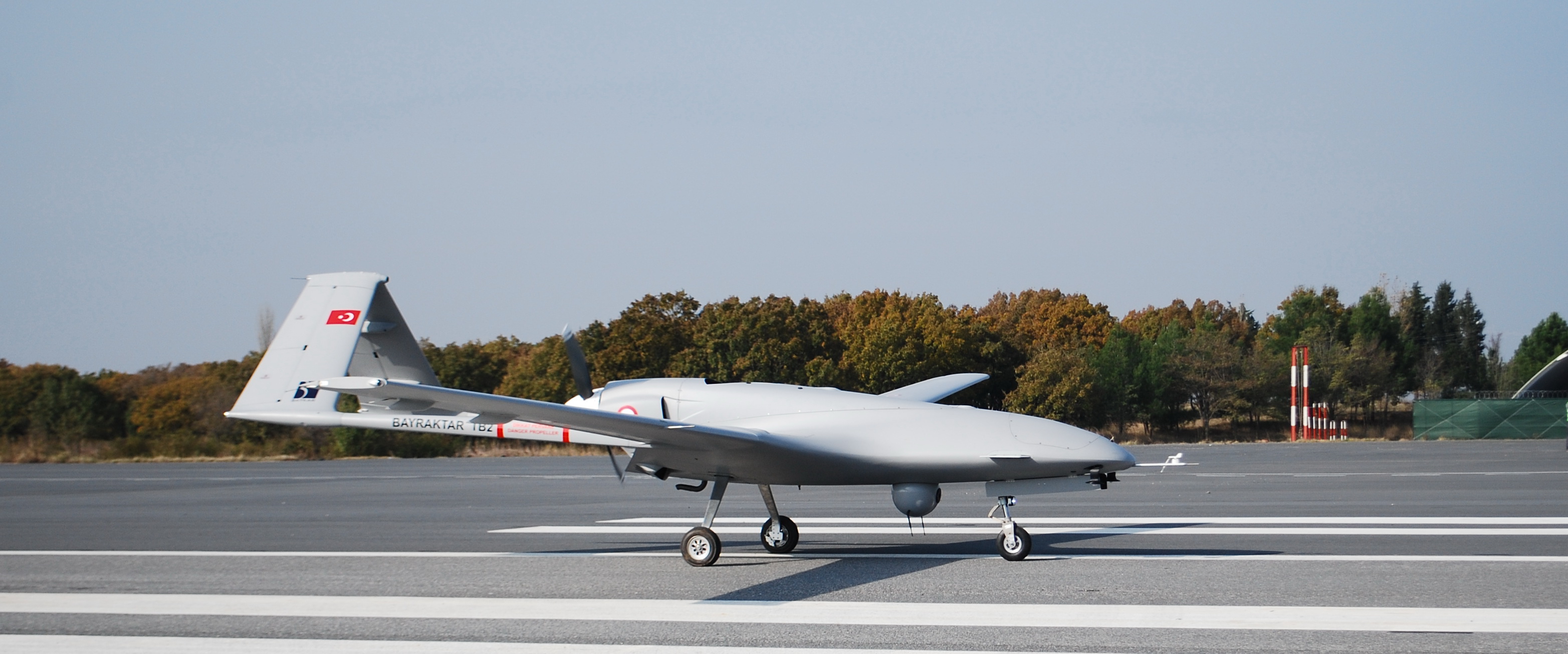Russia is preparing a false-flag military operation in Ukraine to create a pretext for an invasion, CNN reported on Friday citing an anonymous US official.
The US government has evidence that Russia has placed a group of operatives trained in urban warfare and sabotage against Russia’s own proxy forces in eastern Ukraine to conduct a false-flag event that will create a pretext for an invasion, the report said.
The Russian military plans to begin such activities several weeks before conducting an invasion, which could take place between mid-January and mid-February, the report said.
It is the same playbook seen in 2014 with respect to Crimea, the report added.
However, the US intelligence community has not made an assessment of whether Russia has “definitely” decided to take a military course of action in Ukraine, White House National Security Advisor Jake Sullivan said on Thursday.

Tensions around Ukraine intensified over the past several weeks amid an alleged buildup of Russian forces near the Ukrainian border and claims of preparations for an invasion. Russia has repeatedly denied the accusations, pointing out that it reserves the right to move forces within its sovereign territory. Russia has also pointed to NATO’s military activity near the Russian borders and said it deems to be a threat to its national security.
Russia Modifies T-72s To Shield Its Tanks And Troops
Russia has deployed a large number of troops and heavy weaponry near the Ukraine border amid tensions between the two neighbors. Russian Airborne Forces (VDV) T-72 tanks were apparently observed with screens to defend against top-attack weaponry during an exercise in Crimea, Janes reported.
On December 24, 2021, the Russian Ministry of Defense’s TV Zvezda reportedly broadcast a video of the 7th Guards Air Assault Division participating in large drills on the Opuk training range.

Raised mesh screens were installed over the turrets of many T-72B3 main combat tanks. The modifications appear to serve as a shield against potential strikes by Ukrainian forces, using the US-supplied Javelin Anti-tank guided missiles (ATGM) and Turkish drones.
Although top-attack defense screens have been spotted on Russian T-72B3s since last summer, this is apparently the first time that the modified tanks have been deployed for operational duties. The shield may interfere with the detonation process of an ATGM and reduce the efficacy of Javelin’s tandem warhead, which is tailored to overcome explosive reactive armor (ERA).
Even when this cage-like structured screen doesn’t always block a missile like the Javelin, it can lower the chances of destruction and casualties.
In occupied #Crimea, this #Russia|n tank is fitted with what looks like a type of slat armour over the turret specifically designed to protect against top down attack like the Javelin ATGM, which are now in use by #Ukraine’s armed forces:
— Alex Kokcharov (@AlexKokcharov) November 23, 2021
Improvised Anti-Drone Armor?
The top-attack shield could be an outcome of lessons learned from the 2020 Nagorno-Karabakh conflict during which Azerbaijani troops used Turkish-made Bayraktar TB2 drones armed with MAM-L precision-guided missiles and other weaponry against Armenian forces. Armenia suffered a crushing defeat. Later, the two sides agreed to sign a Russia-brokered peace deal.
Additionally, the US-supplied Javelin ATGMs with the Ukrainian forces may have prompted Russia to consider this safety measure.
A dumbbell-like launch device with a sophisticated infrared sensor makes up the portable FGM-148 Javelin. It can unleash missiles that arc sharply overhead before plunging down on a vehicle’s top armor after a target is located.

The Turkish-made TB2 drone and the MAM-L munition are currently in service with Ukraine. Furthermore, Ukrainian troops are increasingly employing smaller, simpler drones, such as quadcopters, loaded with modified mortar rounds and other explosive payloads to strike Russian-backed forces.
Ukraine received its first twelve TB2s in 2019, with five more planned to be supplied to the Ukrainian Navy. The first time a Ukrainian Bayraktar was utilized was in October 2021; the drone was deployed to neutralize Russian separatists’ 122-millimeter howitzer that had started firing in eastern Ukraine.
How Effective Is The Armor Shield?
Russia’s military is apparently testing at least two new ways for defending against top-attack threats. The first is to mount a slatted armor umbrella on top of the tank. A slat or cage armor is designed to damage or misdirect the high-explosive anti-tank (HEAT) ammunition, forcing the missile’s jet of armor-piercing molten metal to be launched at an ineffective angle and/or distance from the tank’s turret.
Slat or cage armor is usually attached to the weak side or rear side of a tank to guard against ground ambushes, but the new umbrella configuration appears to be geared at neutralizing assaults from above.
The second way is a heat-emitting pipe that appears to be positioned where a tank’s snorkel (attached for river crossings) can be mounted at the back of the turret. This might be used to deflect a Javelin missile’s infrared seeker.
It’s worth mentioning that some Russian tanks are already equipped with soft-kill active-protection systems that can warn the crew of an approaching missile and attempt to divert it by hiding the tank with heat- and laser-shrouding aerosol grenades, as well as flashing infrared jammers.
- Contact the author at etdesk@eurasiantimes.com
- With Inputs from Sputnik
- Follow EurAsian Times on Google News




